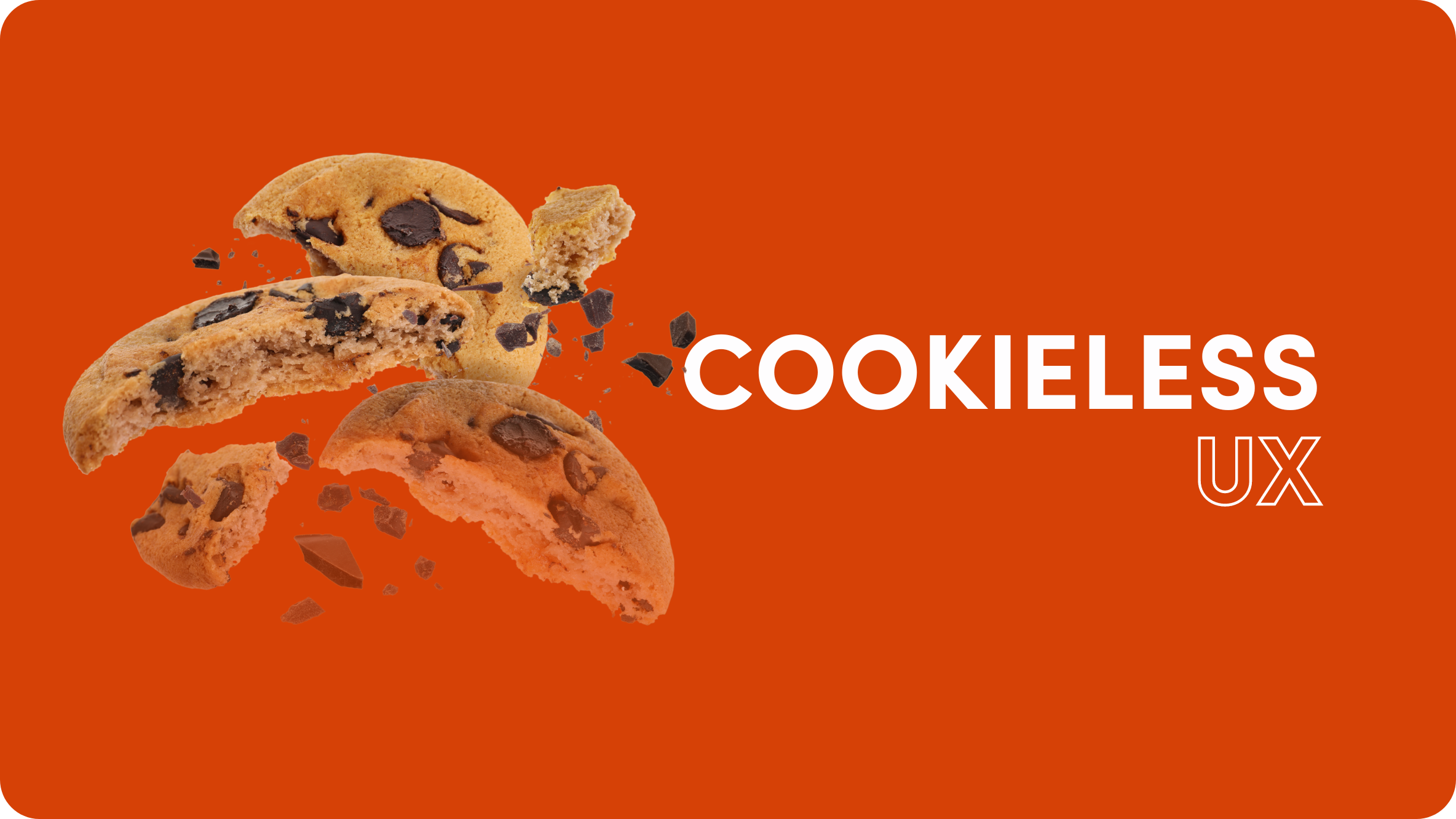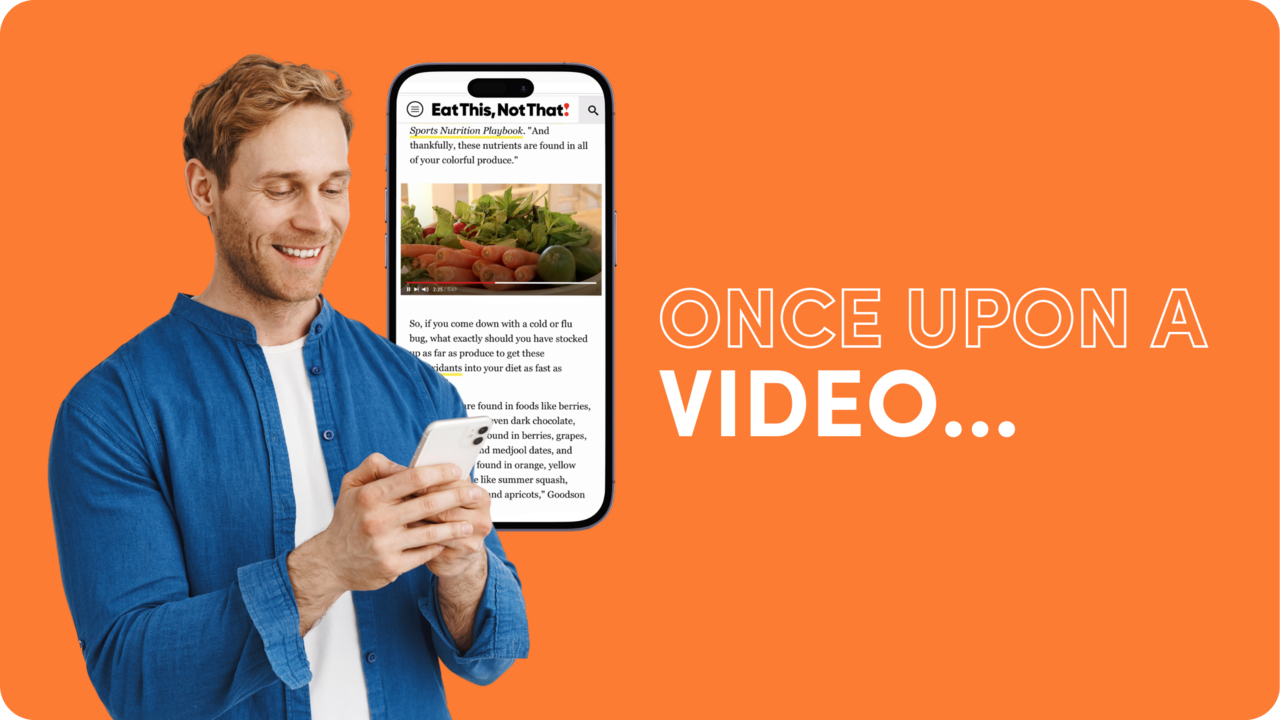Video Advertising KPIs for Every Stage of the Customer Funnel

Video marketing is much more than just getting views.
It’s about creating a strong brand, building relationships, and ultimately driving conversions.
According to a Wyzowl study on the state of video marketing, 91% of consumers want to see more video content from brands. And 89% say that watching a video convinced them to buy a product or service.
Hey, the numbers don’t lie!
In short, video should already be a part of your complete marketing funnel, from awareness to consideration and conversion.
But how do you measure the success of a video? And how can you make sure that you’re getting the most value from your video budget?
By setting the right KPIs for video content, at every stage of the funnel.
In this action-packed and easy-to-understand guide, we’ll explore the best video metrics and KPIs for top-funnel, mid-funnel, and bottom-funnel campaigns, so you can better track and optimize your video performance. Let’s go:
Starting the Journey: Top-of-funnel Video Marketing for Awareness
Let’s begin with the initial awareness phase. What does it mean for customers to become aware of your brand? And what video marketing metrics can help us understand this stage better?
At the awareness or top-of-funnel stage, the aim is to grab people’s attention. Short, catchy, or even viral videos can do wonders for brand recognition. Sometimes, a quick 5-second view is all it takes to make an impression.
There are specific types of videos that work brilliantly at this stage:
Brand image videos
These are all about showing what your brand stands for. They convey your brand’s personality, values, and story. There are endless ways to be creative and express your brand image in video motion. Take a look at this example from MAC Cosmetics – it’s fun, beautiful, and speaks the language of the brand and its target audience.
Atmospheric videos
These videos create a mood or evoke emotions that resonate with your brand. Whether it’s a sense of adventure, calm, or excitement, atmospheric videos create an emotional connection with your audience. A video showcasing a day in the life of your company or the experience of using your product can be very effective. This Sprite ad featuring Drake recording a track is a good example of atmospheric video marketing.
Educational videos
These videos provide useful information or teach something new to your audience. They position your brand as a trusted authority in your field. An example could be a quick tip or how-to video related to your industry, like this one from Hootsuite.
Video metrics & KPIs for the Awareness stage
Now, let’s look at the KPIs that help us understand how well our videos are doing at the awareness stage.
- Views: This KPI is as straightforward as it sounds. It’s the number of times your video has been viewed. If your view count is high, that’s a great sign. It means that your video is attracting attention and getting people interested in your brand. On YouTube, a good benchmark for a business might be a few thousand views, while for a viral video, it could be in the millions.
- Reach: Reach is the total number of unique individuals who have seen your video. Unlike views, which can count multiple views from the same person, reach gives you an idea of how many different people your video is getting in front of. A high reach indicates that your video is helping you connect with a broad audience. A good benchmark for reach would be to at least cover your target audience size.
- Brand Lift: Brand lift measures how your brand’s perception or awareness changes before and after the video campaign. It can be measured through surveys asking viewers about their awareness, perception, or intent to purchase from your brand. If your brand lift is positive, it shows that your video is making a strong impression and improving people’s view of your brand. According to Google, a good brand lift might be a 20% increase in brand recall, a 6% increase in brand awareness, and a 3% increase in purchase intent – but these values are dependent on industry and campaign goals.
- View-Through Rate (VTR): VTR is the percentage of viewers who watch at least 30 seconds of your video or complete the video. A high VTR means that not only are people watching your video, but they’re also staying engaged for a significant amount of time. This indicates that your video content is compelling and relevant to your audience. On YouTube, for instance, a VTR above 30% could be considered good.
- Cost Per View (CPV): CPV tells you how much you’re spending for each view of your video. It’s calculated by dividing the total cost of your campaign by the number of views. Keeping your CPV low while maintaining high-quality views is a delicate balance, but it’s crucial for maximizing your return on investment at the awareness stage. For YouTube, an average CPV might be between $0.10 and $0.30.
The Consideration and Preference Stage: Middle-of-the-Funnel Video Marketing
In the middle of the customer funnel, your goal is to make potential customers further consider your brand or product, by providing interesting and relevant information and interactions. At this stage, videos that are a bit longer, dive deeper into topics, and tell a compelling story can be more effective. It’s crucial to forge a deeper connection with your audience by addressing their specific needs and pain points. This can be achieved through product tutorial videos and story-based videos.
Product tutorials
Tutorial videos provide a step-by-step guide on how to use your product or service. They help potential customers understand how your product can solve their problems or meet their needs. An excellent product tutorial video not only explains the features of your product but also shows the benefits that users will get. For example, Apple makes how-to videos for most of its products and features, including this one for Apple Watch:
Storytelling videos
Stories have a powerful way of connecting with people on an emotional level. Storytelling videos that share the experiences of real customers or the history of your brand can build trust and create a strong emotional connection with your audience. The year in search videos from Google are good examples of brand story-telling in action.
Videos that address pain points/problem-solving
These videos directly address the challenges that your potential customers are facing and how your product or service can provide a solution. Problem-solving videos can be incredibly effective at driving engagement and moving customers closer to a purchasing decision. This example does a great job, without speaking a word. Rather, it shows an atmospheric story about how their product can help budding restaurateurs make their vision a reality.
Video metrics & KPIs for the Consideration stage
To gauge the success of your video content at the consideration stage, you need to focus on these online video metrics and KPIs:
- Video Engagement: Video engagement metrics include likes, comments, and shares. These metrics provide insight into how your audience is interacting with your video content. High engagement shows that your content is resonating with your viewers and encourages further interaction with your brand. Engagement rates can vary greatly, but on platforms like Facebook and Instagram, a good engagement rate might be around 1-3%.
- Click-Through Rate (CTR): Click-through rate measures the percentage of viewers who clicked on a call-to-action (CTA) in your video, like a link to a landing page or product page. A high CTR indicates that your video content effectively encourages viewers to take the next step in the customer journey. On YouTube, a good CTR might be around 2-5%.
- Conversion Rate: This measures the percentage of viewers who completed a desired action, like filling out a form or making a purchase, after watching your video. A high conversion rate indicates that your video content successfully motivates viewers to take action. Depending on the action being taken, a 2-5% conversion rate might be considered good.
- Retargeting Effectiveness: This KPI evaluates how successful your video campaign was at retargeting prospects who previously interacted with your brand or visited your website. Effective retargeting can significantly boost conversion rates by reminding prospects of their interest in your product or service. The amount depends on the platform and the audience, but an increase in conversion rate of 50% could be a good benchmark.
The Power of Video at the Bottom of the Funnel: Driving Conversions
At the bottom of the funnel (BOFU), your mission is to convert engaged prospects into paying customers. Video marketing at this stage becomes an art of persuasion, demonstrating value, and inspiring action. It’s here where the potential customer needs that final nudge to cross the finish line and make a purchase, and that’s what a great bottom-funnel video should do.
Let’s dive into some powerful types of videos that shine at this stage. Remember, each video should include a clear and compelling call-to-action (CTA) to spur your viewers toward a decision.
Explainer videos
These videos are perfect for breaking down complex products or services into easily digestible bits. By simplifying your offerings, you’re helping potential customers understand exactly what they’re getting and how to use it, thus boosting their confidence to make a purchase. Here’s a good example of a short and effective explainer video from Dropbox:
Demo videos
A demo video provides a walk-through of your product or service. It showcases how it works and why it’s beneficial. This helps eliminate any lingering doubts and reassures the viewer about the product’s functionality and ease of use. Take a look at a sleek demo video by Samsung:
Webinars
Webinars are great for deep dives into your product or service. They provide valuable insights and allow for real-time interaction, making them excellent tools for persuasion and conversion. Companies like Google provide lots of webinars and online training.
Reviews/testimonials
There’s nothing quite like social proof to inspire trust. Reviews or testimonial videos from satisfied customers can be highly influential, assuring potential buyers that they’re making the right choice. Here’s an example of a testimonial video from Amazon Prime:
Video metrics & KPIs for the Conversion stage
- Conversion Rate (CVR): The conversion rate measures the percentage of viewers who take a desired action – be it filling out a form, making a purchase, or signing up for a free trial – after watching your video. It directly indicates the effectiveness of your video in driving conversions. Conversion rates can vary greatly depending on the industry and the product, but a rate of around 2-5% might be considered good.
- Cost per Acquisition (CPA): Cost per Acquisition helps you track the cost involved in converting a viewer into a customer through your video campaign. This metric is crucial for evaluating the financial effectiveness of your marketing strategy. CPA can vary greatly depending on the industry and the product. For e-commerce, a CPA of $10-$50 might be considered average.
- Return on Investment (ROI): ROI goes beyond CPA to consider the total return from your video campaign, factoring in the costs of production and promotion. A high ROI means your video is not just attracting customers, but doing so in a cost-effective manner. A positive ROI is always the goal, but a 5:1 ratio ($5 in sales for every $1 spent) is often considered a good starting point.
- Sales metrics: Metrics such as revenue, average order value, and customer lifetime value paint a broader picture of your video campaign’s impact on your bottom line. They help determine if your video strategy aligns with your overall sales objectives.
- Customer feedback: Customer satisfaction scores, feedback, and reviews provide invaluable insights into how your video impacts customer perceptions and loyalty. Positive feedback is a strong indicator of a successful video campaign.
More than Just ‘Cool’ Videos…
Video is a strong tool for each step of the customer journey and an essential component of the digital marketing toolbox.
But winning at video marketing isn’t just about making cool videos. It’s about using the right KPIs for each part of the customer journey. KPIs show how well your campaign is doing and guide your future plans, so it’s important to pay close attention to them.
Don’t forget, the best video content connects with viewers personally and matches their stage in the customer funnel. From educational and mood-setting videos for the awareness stage, how-to and story videos for the consideration stage, to demos and customer reviews for the conversion stage, picking the right video content – and the right KPIs to measure them – is key.
Now you have the knowledge to stand out in the fast-changing world of video marketing. Use these insights to plan your next video campaigns, measure how well they do, and grow your brand.












